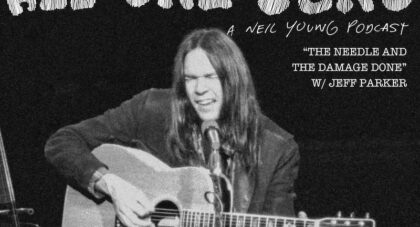On John Mark Lapham’s second release under the moniker Old Fire Voids, the musician and filmmaker creates a sprawling and meditative odyssey through the darkest corners of the West Texas towns that continues to spark his imagination. A guest-filled journey with vocal and lyrical contributions by Bill Callahan, Adam Torres, Emily Cross and Julia Holter, Lapham pulls elements from post-rock, avant-country, spiritual jazz, and murky drones to soundtrack eroding structures that cast shadows in the desert for nefarious characters to hide . . .
Only the good shit. Aquarium Drunkard is powered by its patrons. Keep the servers humming and help us continue doing it by pledging your support.
To continue reading, become a member or log in.


